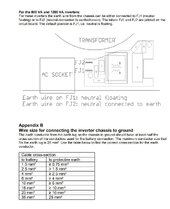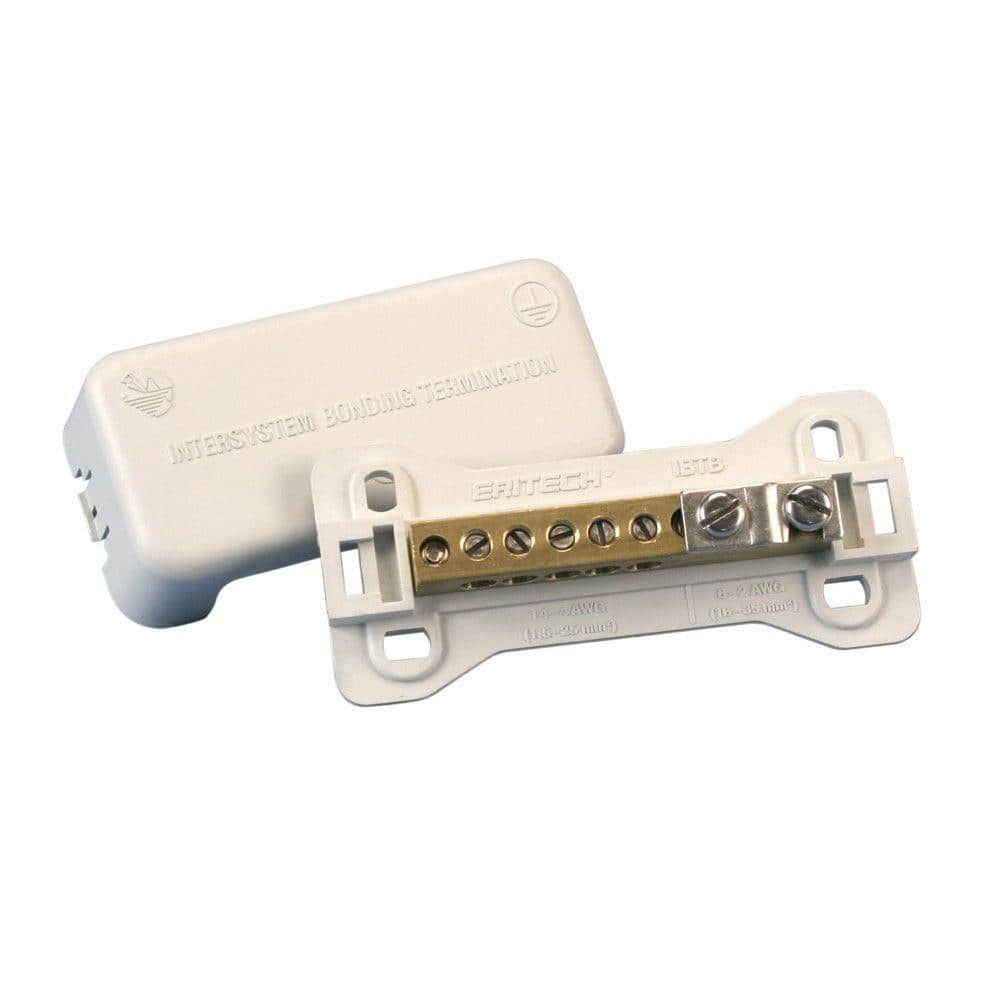.
Road Runner Said:
Yes. So it diffuses there instead of feeds the house with lightning by traveling the solar cables. I believe that is NEC, too
My response:
Exactly... 2020 NEC 690.47
~
In the event of a nearby lightning strike the transient high voltage/high current event will be diverted to Mother Earth.
FWIW: The lower the ground rod to soil resistance the better the earthing electrode, (ground rod), can dissipate the electrical currents to earth. Simple Ohms Law.
NEC only requires the ground rod to soil resistance of 25 ohms or less... The only way to know what you have is to measure it. NEC doesn't require it though. Only if one ground rod is driven is testing required. And that's only if the AHJ Electrical Inspector asks for verification, see the test report.
NEC 2020 250.53 Grounding Electrode System Installation.
250.53 (A)(2) Supplemental Electrode Required.
See Exception:
It's cheaper to just install a second ground rod. No further testing is required. The single rod could of tested 100 ohms. Without testing again who knows what the test would be with the two rods. Less than 25 ohms?
IEEE emerald book recommends for commercial/ industrial an electrode to soil resistance of 5 ohms or less.
The bonded grounded neutral conductor in the electrical panel connection to Mother Earth is for the same reason as the solar panels mounted on the roof. A near by lightning strike can enter the shed as well.
In the case of a near by lightning strike there could very well be a lightning transient event on the 120V AC electrical wiring and associated equipment in the shed. The electrical service Grounding Electrode System, (earth connection), just might save the inverter from being fried. The Lightning high voltage transient path is to Mother Earth. The best low resistance path to earth is through the grounding electrode conductor, that's connected to the bonded neutral bar in the electrical panel, to the grounding electrode (ground rod) driven in the earth.
NEC requires it... And I can only assume the State, or local governing body, AHJ, requires it. The AHJ has the final say...
Food for thought. NEC is bare minimum electrical safety standards. It is not intended as a design specification or an instruction manual for untrained persons.
2020 NEC Article 90
Introduction
90.1 (A) Practical Safeguarding.
90.1 (B) Adequacy.
.





